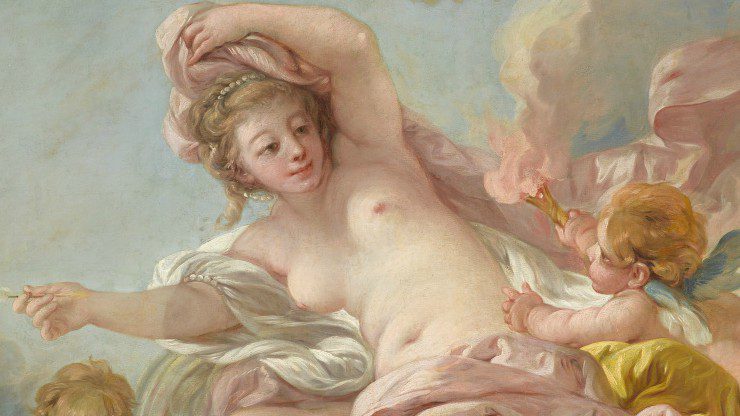From time immemorial, threats to our health have worried us. As we are surrounded by uncertainty caused by the pandemic that has gripped our world, it may be of comfort to know that we’re not the only ones who have experienced sweeping waves of contagion and great illness. The NCMA curators and GSK Curatorial Fellow have pulled together stories from the collection that show how works of art have been used for healing by people of diverse cultural backgrounds and religion throughout the centuries.

Zoomorphic (animal-shaped) incense burners such as this one are evidence of ancient healing practices. Healers and the special tools they used served as intermediaries with supernatural beings who sent illnesses to punish humans.
Usually, patients were visited in their homes by health specialists. The incense was used to conjure supernatural beings and obtain their favor by impregnating places, sick people, and participants in the ceremonies with smoke, which was seen as a repellent of negative influences. The bowl contained burning coal, onto which plants, minerals, or animals might be placed. For example, in colonial texts, there are testimonies of the use of human hair, nails, and blood, as well as poisonous insects. Depending on the material added, the burning could produce a pleasant or unpleasant odor to attack or lure the origin of the illness. The smoke escaped through the holes of the lid and from the openings in the animals’ bodies, creating a multisensorial experience.
The felines in the piece—probably jaguars—were powerful emblems for magicians and royalty; in addition, jaguars were the most successful terrestrial predator in the Americas. These animals were a way for humans to communicate with other worlds, the dwelling of supernatural forces, to ask for favors such as healing.

Ruth E. Carter: Afrofuturism in Costume Design
Academy Award–winner in Costume Design, Ruth E. Carter has helped bring characters to life in acclaimed Hollywood blockbusters. The NCMA celebrates the magic of her imagination.
Innovative AIM Program Reaches Thousands
Thinking outside the lines, NCMA outreach programmers connect local artists in rural communities with local students excited to discover the artist within.
Love in the Galleries
This Valentine’s Day we invite you to follow Cupid’s arrow through West Building to discover some amorous works in the NCMA’s collection.



